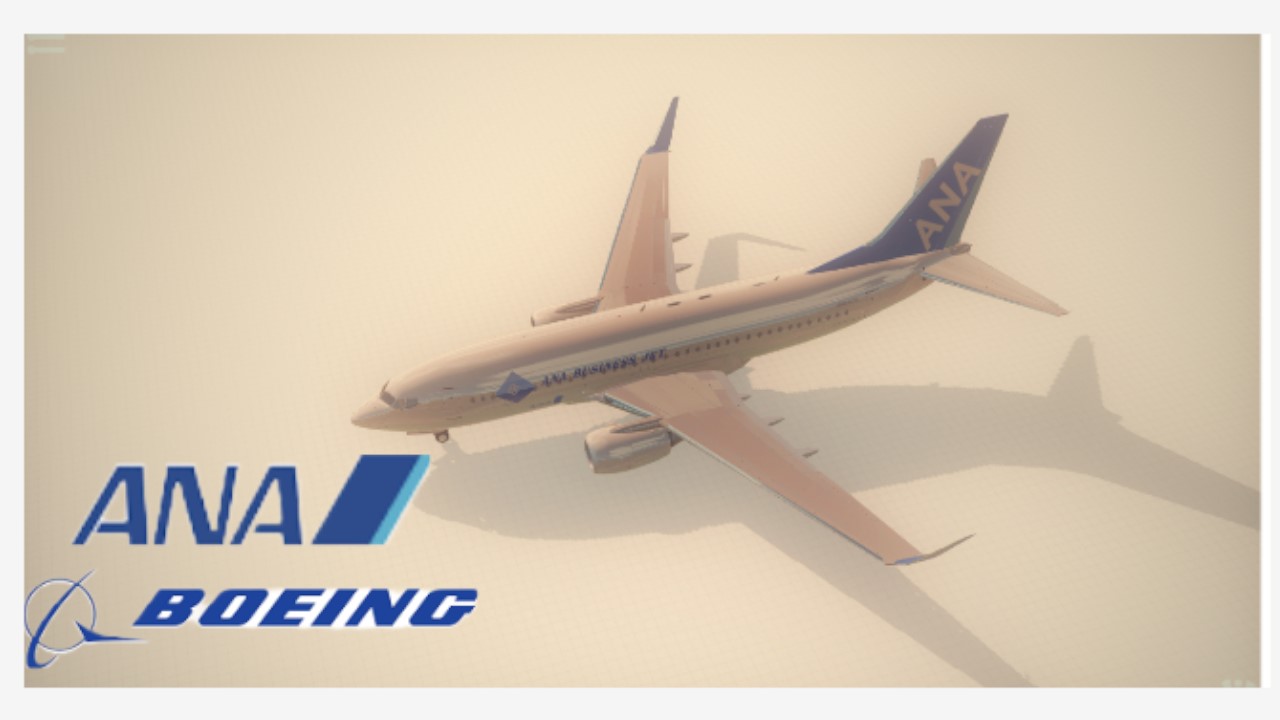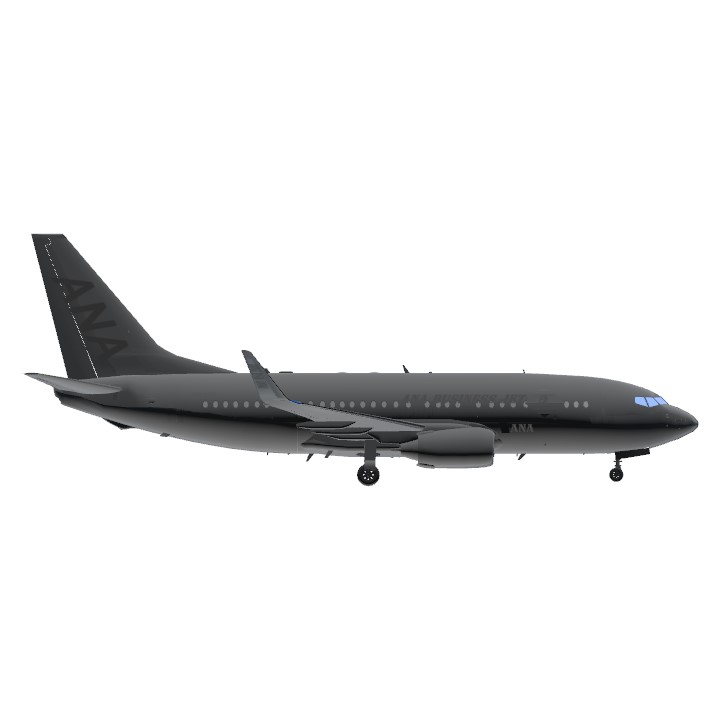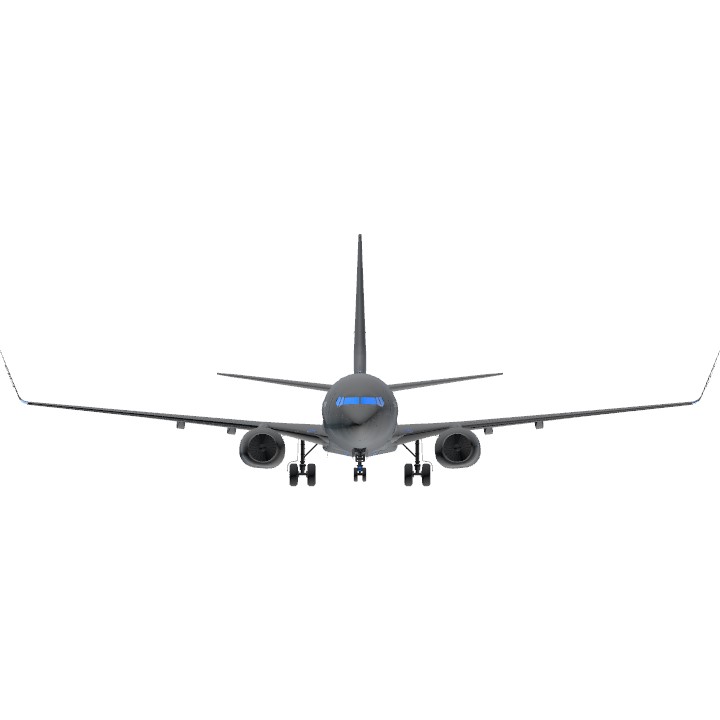Wikipedia
737NG (Next-Generation)
The Boeing 737 Next Generation, commonly abbreviated as 737NG, or 737 Next Gen, is a narrow-body aircraft powered by two jet engines and produced by Boeing Commercial Airplanes. Launched in 1993 as the third generation derivative of the Boeing 737, it has been produced since 1997[4] and is an upgrade of the 737 Classic (-300/-400/-500) series.
It has a redesigned wing with a larger area, a wider wingspan, greater fuel capacity, and higher maximum takeoff weights (MTOW) and longer range. It has CFM International CFM56-7 series engines, a glass cockpit, and upgraded and redesigned interior configurations. The series includes four variants, the -600/-700/-800/-900, seating between 108 and 215 passengers. The 737NG's primary competition is the Airbus A320 family.
As of December 2022, a total of 7,124 737NG aircraft had been ordered, of which 7,099 had been delivered, with remaining orders for two -800, and 23 -800A variants. The most-ordered variant was the 737-800, with 4,991 commercial, 191 military, and 23 corporate, or a total of 5,205 aircraft. Boeing stopped assembling commercial 737NGs in 2019 and made the final deliveries in January 2020.[2] The 737NG is superseded by the fourth generation 737 MAX, introduced in 2017.

737-700 ER (Extended Range)
Boeing launched the 737-700ER (Extended Range) on January 31, 2006, with All Nippon Airways as the launch customer. Inspired by the Boeing Business Jet, it features the fuselage of the 737-700 and the wings and landing gear of the 737-800. When outfitted with nine auxiliary fuel tanks, it can hold 10,707 gallons (40,530 L) of fuel with a 171,000 lb (77,565 kg) MTOW, but with a cargo payload capacity significantly decreased from 966 to 165 cu ft (27.4 to 4.7 m3), trading payload for increased range.[49] The first was delivered on February 16, 2007, to ANA with 24 business class and 24 premium economy seats only. A 737-700 can typically accommodate 126 passengers in two classes.[50] It is similar to the Airbus A319LR.
All Nippon Airways (ANA)

The All Nippon Airways Co., Ltd. (?????????, Zen Nippon Kuyu Kabushiki gaisha, TYO: 9202), also known as ANA (E-enu-e) or Zennikku (???) is an airline in Japan. Its headquarters are located in Shiodome City Center in the Shiodome area of Minato ward of Tokyo. It operates services to both domestic and international destinations[4] and had more than 20,000 employees as of March 2016.[5]
In addition to its mainline operations, ANA controls several subsidiary passenger carriers,[6] including its regional airline, ANA Wings, Air Nippon, Air Do (a low-cost carrier operating scheduled service between Tokyo and cities in Hokkaido), and Allex Cargo (ANA Cargo - the freighter division operated by Air Japan). ANA is also the largest shareholder in Peach, a low-cost carrier joint venture with Hong Kong company First Eastern Investment Group. In October 1999, the airline became a member of Star Alliance. On 29 March 2013, ANA was named a 5-Star Airline by Skytrax. On 27 April 2018, ANA announced ANA Business Jet Co., Ltd., a joint venture with Sojitz to offer private jet charter flights.
ANA's earliest ancestor was Japan Helicopter and Aeroplane Transports Company (??????????, Nippon Herikoputa Yuso) (also known as Nippon Helicopter and Aeroplane), an airline company founded on 27 December 1952.[8] Nippon Helicopter was the source of what would later be ANA's International Air Transport Association (IATA) airline code, NH.[9]
Boeing 737-200 in ANA's late-1960s–1983 "Mohican Livery"
The first NH and ANA logo was inspired by Leonardo da Vinci's aerial screw and was replaced with the current logo in 1982 as a livery logo and in 2012 as a corporate logo.
NH began helicopter services in February 1953. On 15 December 1953, it operated its first cargo flight between Osaka and Tokyo using a de Havilland Dove, JA5008.[8] This was the first scheduled flight flown by a Japanese pilot in postwar Japan. Passenger service on the same route began on 1 February 1954, and was upgraded to a de Havilland Heron in March.[10] In 1955, Douglas DC-3s began flying for NH as well,[8] by which time the airline's route network extended from northern Kyushu to Sapporo. In December 1957 Nippon Helicopter changed its name to All Nippon Airways Company.[11]
ANA's other ancestor was Far East Airlines (????, Kyokuto Koku).[12] Although it was founded on 26 December 1952, one day before Nippon Helicopter, it did not begin operations until 20 January 1954, when it began night cargo runs between Osaka and Tokyo, also using a de Havilland Dove. It adopted the DC-3 in early 1957, by which point its route network extended through southern Japan from Tokyo to Kagoshima.[10]
Far East Airlines merged with the newly named All Nippon Airways in March 1958. The combined companies had a total market capitalization of 600 million yen, and the result of the merger was Japan's largest private airline.[8] The merged airline received a new Japanese name (?????; Zen Nippon Kuyu; Japan Air Transport). The company logo of the larger NH was selected as the logo of the new combined airline, and the new carrier operated a route network combined from its two predecessors.
Domestic Era


ANA grew through the 1960s, adding the Vickers Viscount to the fleet in 1960 and the Fokker F27 in 1961.[8] October 1961 marked ANA's debut on the Tokyo Stock Exchange as well as the Osaka Securities Exchange.[8] 1963 saw another merger, with Fujita Airlines, raising the company's capital to 4.65 billion yen.[8] In 1965 ANA introduced jets with Boeing 727s on the Tokyo-Sapporo route. It also introduced Japan's first homegrown turboprop airliner, the NAMC YS-11 in 1965, replacing Convair 440s on local routes.[8] In 1969, ANA introduced Boeing 737 services.[8]
ANA Boeing 747SR-81 at Perth Airport (mid-1980s)
As ANA grew it started to contract travel companies across Japan to handle ground services in each region. Many of these companies received shares in ANA as part of their deals. Some of these relationships continue today in different forms: for instance, Nagoya Railroad, which handled ANA's operations in the Chubu region along with other partnerships,[13] maintains a permanent seat on ANA's board of directors.[14] By 1974, ANA had Japan's largest domestic airline network.[12]
While ANA's domestic operations grew, the Ministry of Transport had granted government-owned Japan Airlines (JAL) a monopoly on international scheduled flights[8] that lasted until 1986. ANA was allowed to operate international charter flights: its first was a Boeing 727 charter from Tokyo to Hong Kong on 21 February 1971.[15]
Key ANA fleet types in the early 1990s: Boeing 747SR, Lockheed L-1011-1 TriStar and Airbus A320-200
ANA bought its first widebody aircraft, six Lockheed L-1011s, in November 1971, following a lengthy sales effort by Lockheed which had involved negotiations between US president Richard Nixon, Japanese prime minister Kakuei Tanaka and UK prime minister Edward Heath (lobbying in favor of engine maker Rolls-Royce). Tanaka also pressed Japanese regulators to permit ANA to operate on Asia routes as part of the package.[16] The aircraft entered service on the Tokyo-Okinawa route in 1974. The carrier had ordered McDonnell Douglas DC-10s but cancelled the order at the last minute and switched to Lockheed. It was later revealed that Lockheed had indirectly bribed Prime Minister Kakuei Tanaka to force this switch: the scandal led to the arrest of Tanaka and several managers from ANA and Lockheed sales agent Marubeni for corruption.[17]
Boeing 747-200s were introduced on the Tokyo-Sapporo and Tokyo-Fukuoka routes in 1976[8] and Boeing 767s in 1983[18] on Shikoku routes. The carrier's first B747s were the short-range SR variant, designed for Japanese domestic routes.[15]
International era
ANA Boeing 737-500 at New Chitose Airport (Chitose). An ANA Boeing 777-200 can be seen on final approach in the background.
In 1986, ANA began to expand beyond Japan's key domestic carrier to become a competitive international carrier as well.[8] On 3 March 1986, ANA started scheduled international flights with a passenger service from Tokyo to Guam.[19] Flights to Los Angeles and Washington, D.C., followed by year's end, and ANA also entered a service agreement with American Airlines[8] to feed the US carrier's new flights to Narita.
ANA expanded its international services gradually: to Beijing, Dalian, Hong Kong and Sydney in 1987; to Seoul in 1988; to London and Saipan in 1989; to Paris in 1990 and to New York and Singapore in 1991.[20][21] Airbus equipment such as the A320 and A321 was added to the fleet in the early 1990s, as was the Boeing 747-400 jet. ANA joined the Star Alliance in October 1999.[22]
2004 saw ANA's profits exceed JAL's for the first time. That year, facing a surplus of slots due to the construction of new airports and the ongoing expansion of Tokyo International Airport, ANA announced a fleet renewal plan that would replace some of its large aircraft with a greater number of smaller aircraft.[23]
Two ANA aircraft (both Boeing 747-400Ds) at Tokyo International Airport (Haneda Airport)
Also in 2004, ANA set up low-cost subsidiary Air Next to operate flights from Fukuoka Airport starting in 2005, and became the majority shareholder in Nakanihon Airline Service (NAL) headquartered in Nagoya Airport.[24] In 2005, ANA renamed NAL to Air Central, and relocated its headquarters to Chubu Centrair International Airport.[25] On 12 July 2005, ANA reached a deal with NYK to sell its 27.6% share in Nippon Cargo Airlines, a joint venture formed between the two companies in 1987.[26] The sale allowed ANA to focus on developing its own cargo division. In 2006, ANA, Japan Post, Nippon Express, and Mitsui O.S.K. Lines founded ANA & JP Express (AJV), which would operate freighters. ANA is the top shareholder of AJV. It absorbed Air Japan's freighter operations.
Air Transport World named ANA its 2007 "Airline of the Year". In 2006, the airline was recognized by FlightOnTime.info as the most punctual scheduled airline between London and Tokyo for the last four consecutive years, based on official British statistics.[27] Japan Airlines took over the title in 2007. In 2009, ANA announced plans to test an idea as part of the airline's "e-flight" campaign, encouraging passengers on select flights to visit the airport restroom before they board.[28][29] On 10 November of the same year, ANA also announced "Inspiration of Japan", ANA's newest international flight concept, with redesigned cabins initially launched on its 777-300ER aircraft.[30]
In July 2011, All Nippon Airways and AirAsia agreed to form a low-cost carrier, called AirAsia Japan, based at Tokyo's Narita International Airport. ANA held 51 percent shares and AirAsia held 33 percent voting shares and 16 percent non-voting shares through its wholly owned subsidiary, AA International.[31] The carrier lasted until October 2013, when AirAsia withdrew from the joint venture; the carrier was subsequently rebranded as Vanilla Air.
In March 2018, All Nippon Airways announced the integration of its two low cost carrier subsidiaries Peach Aviation and Vanilla Air into one entity retaining the Peach name; starting in the second half of FY2018 and to be completed by the end of FY2019.[32]
On 29 January 2019, ANA Holdings purchased a 9.5% stake in PAL Holdings, Philippine Airlines' parent company, for US$95 million.[33]
Specifications
Spotlights
- CaptainBrayden 1.5 years ago
- CCCP0000001 1.5 years ago
- Anguirus380 1.5 years ago
General Characteristics
- Created On Windows
- Wingspan 220.4ft (67.2m)
- Length 207.3ft (63.2m)
- Height 77.2ft (23.5m)
- Empty Weight N/A
- Loaded Weight 115,987lbs (52,611kg)
Performance
- Power/Weight Ratio 3.487
- Wing Loading 24.3lbs/ft2 (118.8kg/m2)
- Wing Area 4,764.8ft2 (442.7m2)
- Drag Points 148953
Parts
- Number of Parts 1845
- Control Surfaces 5
- Performance Cost 7,287





Gosh, Auto-credit is not working.
Credits:
@Necc95 for his Boeing 737-700
Requested Tags: @RepublicOfCursedPlanes
@AVeryRandomBuilder8733 oh damn it
@TheSimplePlanesPlayer sorry 2 months late im very inactive but theres no controls its just the same
Controls?
@RepublicOfCursedPlanes haha lol
“ooh nice plane, imma download thi-”
sees 1845 parts
“oh”
(i use a Mac but high part planes make my FPS rate go down)